Royal Conservatoire Dance trains the dancers of the future as independent artists who combine an open, creative mind with professional skills, passion and ambition.
Our collaboration with Nederlands Dans Theater (NDT) in developing the students’ talent is now an established feature of the programme and is embodied in the annual joint production, the Young Talent Project. This element of the curriculum introduces our students to the methods of NDT, where, under the guidance of repetitors and dancers, they study a wide range of pieces from NDT’s repertoire, as well as new works and solos created under the supervision of choreographers. This partnership offers dancers a wonderful opportunity to take major steps towards a professional career. Since January 2022 onwards, the Royal Conservatoire, Nederlands Dans Theater, the Residentie Orkest and Stichting Amare have all moved to the new educational and cultural complex Amare on the Spui in the centre of The Hague.
You can apply to audition for Young KC Dance and SvJT Dance at every moment of the year.
The application for the Bachelor of Dance and Royal Conservatoire Dance Ensemble will be open from the 1st of October until the 29th of February.
Our students train full-time in classical ballet, pointe technique, jump technique, physical training and modern dance. It is also important for them to have a thorough grounding in the styles and visions of leading choreographers (knowledge of the repertoire) and to learn to collaborate actively with choreographers. The contribution of ideas, reflection and co-creation are all part of the work process, which is based on a strong foundation of academic dance.
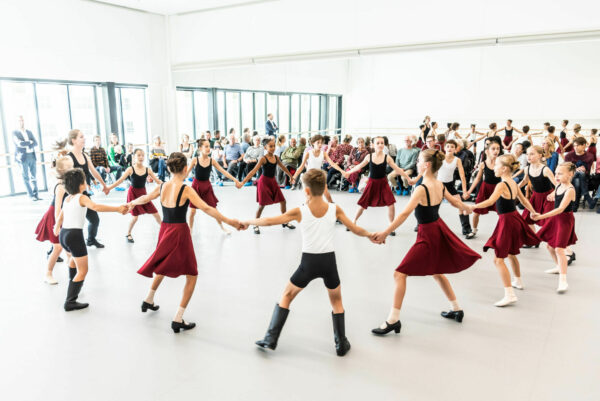
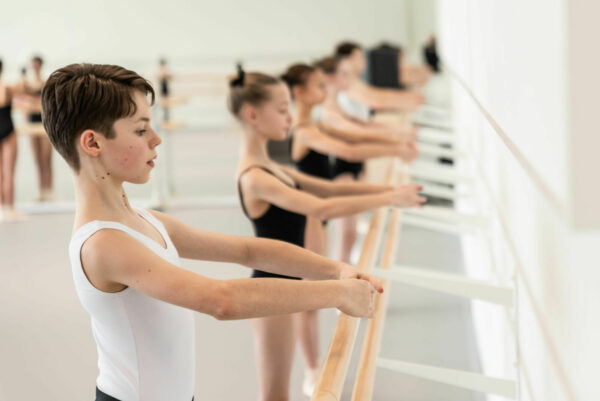
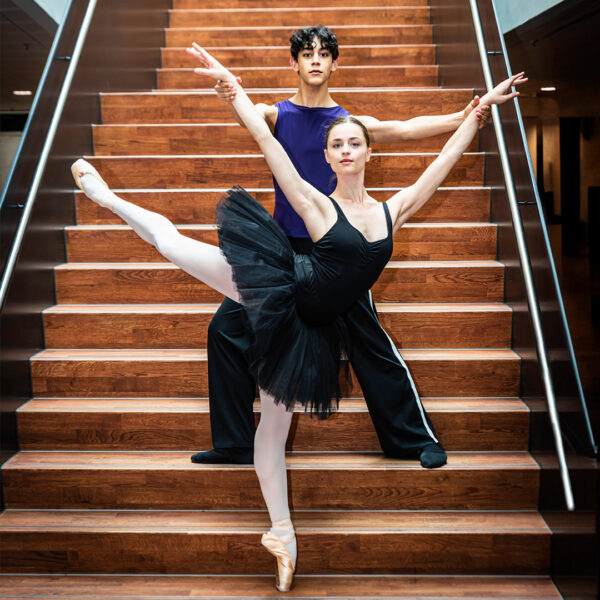
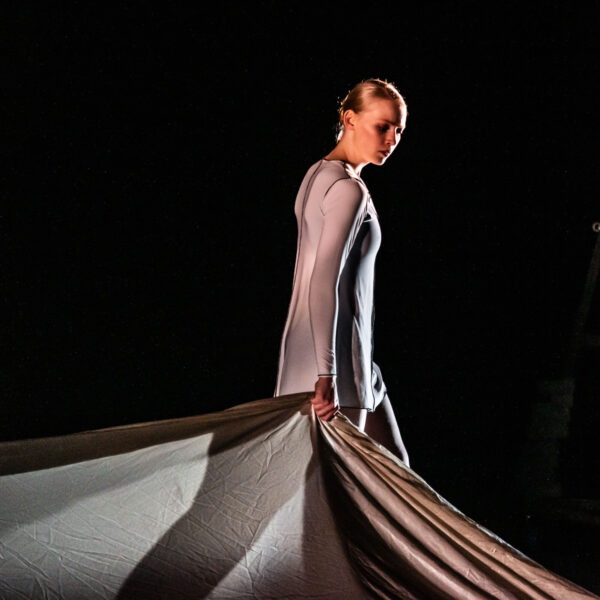
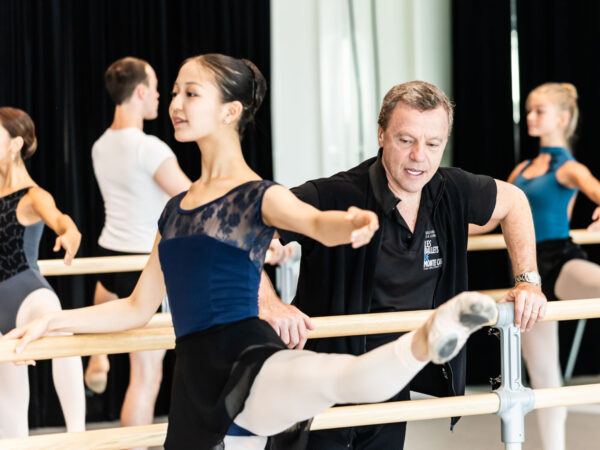
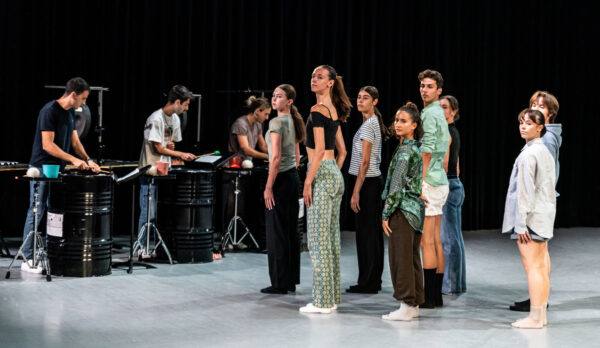
History of Royal Conservatoire Dance
Royal Conservatoire Dance was established to train talented young dance students and is for students between the ages of 10 and 20. Established in 1956, the Dance department has accumulated a wealth of experience and expertise in training highly skilled dancers and devotes a great deal of attention to discovering, guiding and training talented young dancers.
Established in 1956, the Dance department has accumulated a wealth of experience and expertise in training highly skilled dancers and devotes a great deal of attention to discovering, guiding and training talented young dancers. It offers every student an inspiring environment in which to learn and develop their potential. Dance is a specialist field in the performing arts. It demands a high level of mental and physical preparation, a good understanding of aesthetics and knowledge of dance history and the global context of the professional dance world. This study guide explains how our teachers and other staff members guide the students and encourage them to acquire these skills.
Royal Conservatoires Dance is part of the faculty of Music and Dance of the University of the Arts, The Hague. All lessons are given in the Royal Conservatoire building. The Conservatoire is easy to reach by public transport and is within five minutes’ walk of The Hague’s main railway station, Centraal Station. The Dance department has five ballet studios in its own separate part of the building, and presentations and performances are given in different halls of Amare.
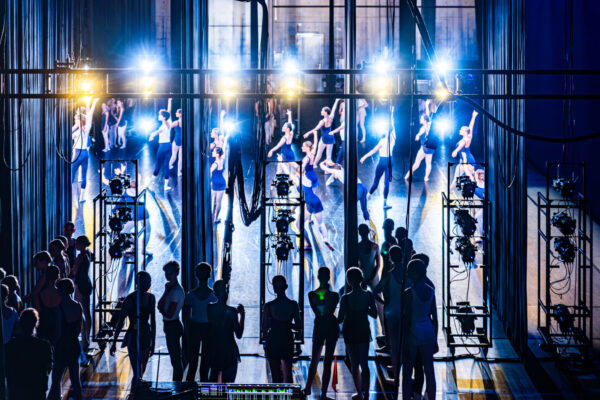
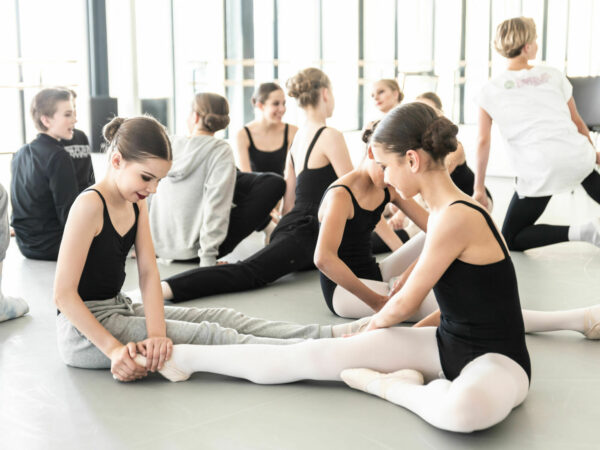

Contact details
Visiting address
- Spuiplein 150
- 2511 DG The Hague
- The Netherlands
Contact
- +31 70 315 15 15
- info@koncon.nl